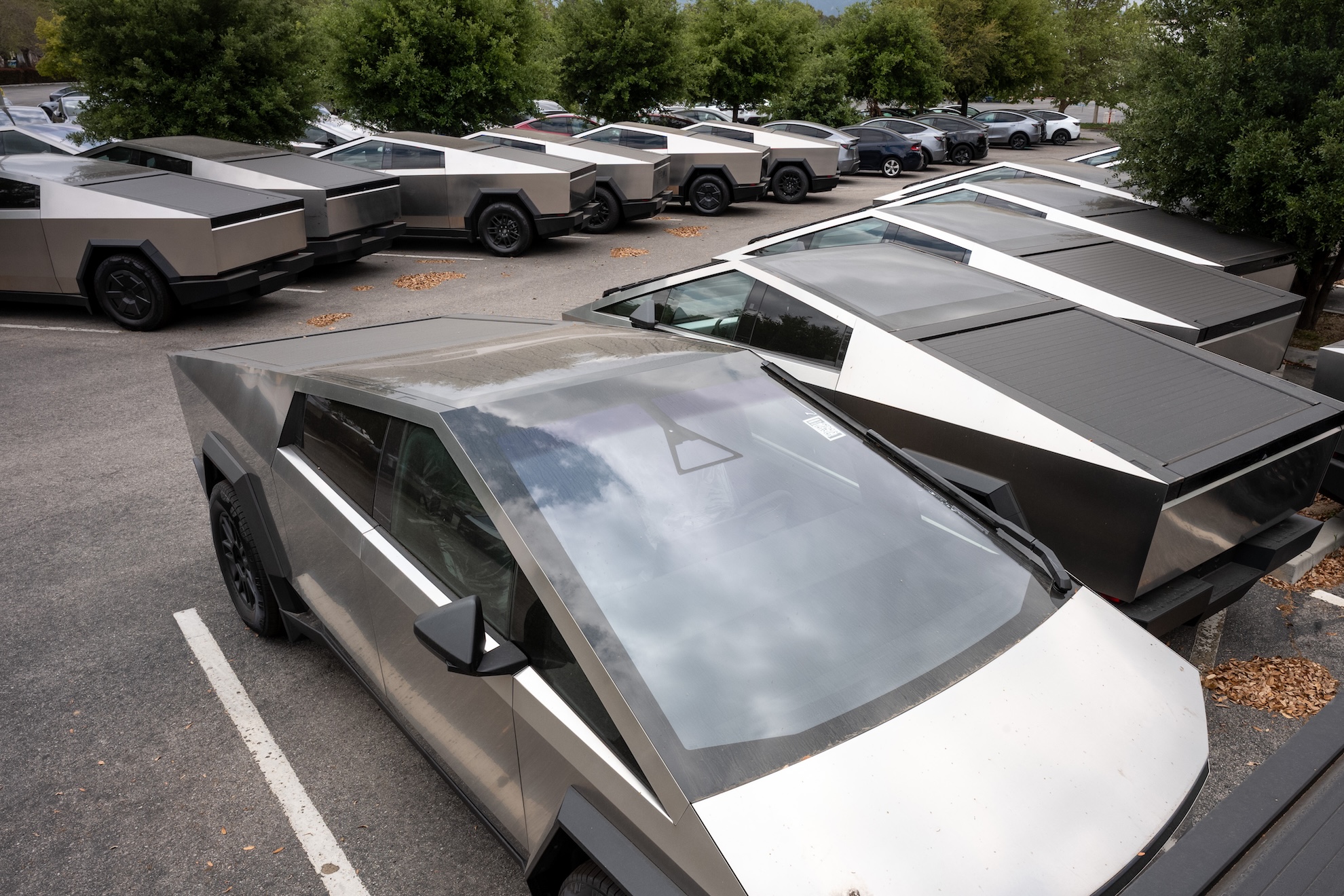Tesla's Profits Suffer as EV Sales Drop and Credits Fade

Tesla Faces Challenges in Q2 2025
Tesla experienced a significant decline in its financial performance during the second quarter of 2025, with several factors contributing to the downturn. Falling electric vehicle (EV) sales, a lower average selling price, reduced cash flow from regulatory credits, and a drop in revenue from solar and energy storage solutions all played a role in impacting the company’s bottom line. While Tesla saw a 17% growth in its services business, which includes revenue from its Supercharging network, this increase was not enough to offset the losses.
In the second quarter, Tesla reported total revenue of $22.5 billion, marking a 12% decrease compared to the same period last year. Despite this decline, the company managed to exceed analyst expectations, as it had generated $19.3 billion in revenue during the first quarter of 2025. Analysts had predicted revenue of around $22.13 billion for the second quarter, according to Yahoo Finance.
However, the company’s net income and operating income tell a different story. Tesla reported a net income of $1.17 billion for the second quarter, representing a 16% decrease from the $1.4 billion recorded in the same period in 2024. The company also saw a significant drop in operating income, which fell by 42% year-over-year to $923 million. In the first quarter of 2025, Tesla had reported a net income of $409 million.
Economic Pressures and Strategic Shifts
Tesla attributed some of the challenges to an "uncertain macroeconomic environment" influenced by shifting tariffs and unclear impacts from changes in fiscal policy and political sentiment. Nevertheless, the company framed its results as a turning point in its strategic direction, emphasizing its transition from being a leader in electric vehicles and renewable energy to becoming a major player in artificial intelligence (AI), robotics, and related services.
The future vision that Tesla is pursuing, however, has yet to generate meaningful revenue. Currently, the company's investments in robotics, AI, and robotaxis are still seen as expenses rather than profit drivers. Tesla’s earnings are heavily dependent on its automotive sector, which has faced declining sales. Regulatory credits, which have historically provided a steady stream of revenue, have also contributed to the company’s financial stability. In the second quarter, Tesla earned $439 million in regulatory credits, a 50% decrease from the same period last year.
These credits have often helped push Tesla’s financial results into positive territory. For example, in the first quarter of 2025, the company boosted its income by selling $595 million in zero-emissions tax credits. Without such support, the company would have posted a loss. However, the era of regulatory credits is coming to an end due to the 2025 Budget Reconciliation Act, which effectively devalues the market for these credits. The law changed penalties for violating Corporate Average Fuel Economy (CAFE) standards to $0, reducing the incentive for automakers to purchase them.
Sales Performance and Legal Challenges
Despite the overall decline in sales, Tesla delivered 384,122 vehicles in the second quarter of 2025, a 13.5% drop from the same period in 2024. This number represented an improvement over the first quarter, when the company delivered 337,000 vehicles.
In addition to economic pressures, Tesla is facing regulatory and legal challenges that could further complicate its efforts to boost sales. The California Department of Motor Vehicles is currently arguing in a hearing that Tesla should lose its license to sell vehicles in the state due to false advertising claims regarding its Autopilot and Full Self-Driving advanced driver assistance systems.
A separate civil lawsuit in Florida is also ongoing, involving a fatal crash in 2019 where a Tesla driver using Autopilot struck two people. The case allows a jury to consider punitive damages and focuses on how Autopilot is marketed to customers. These legal issues highlight the growing scrutiny surrounding Tesla’s autonomous driving technology and its marketing practices.